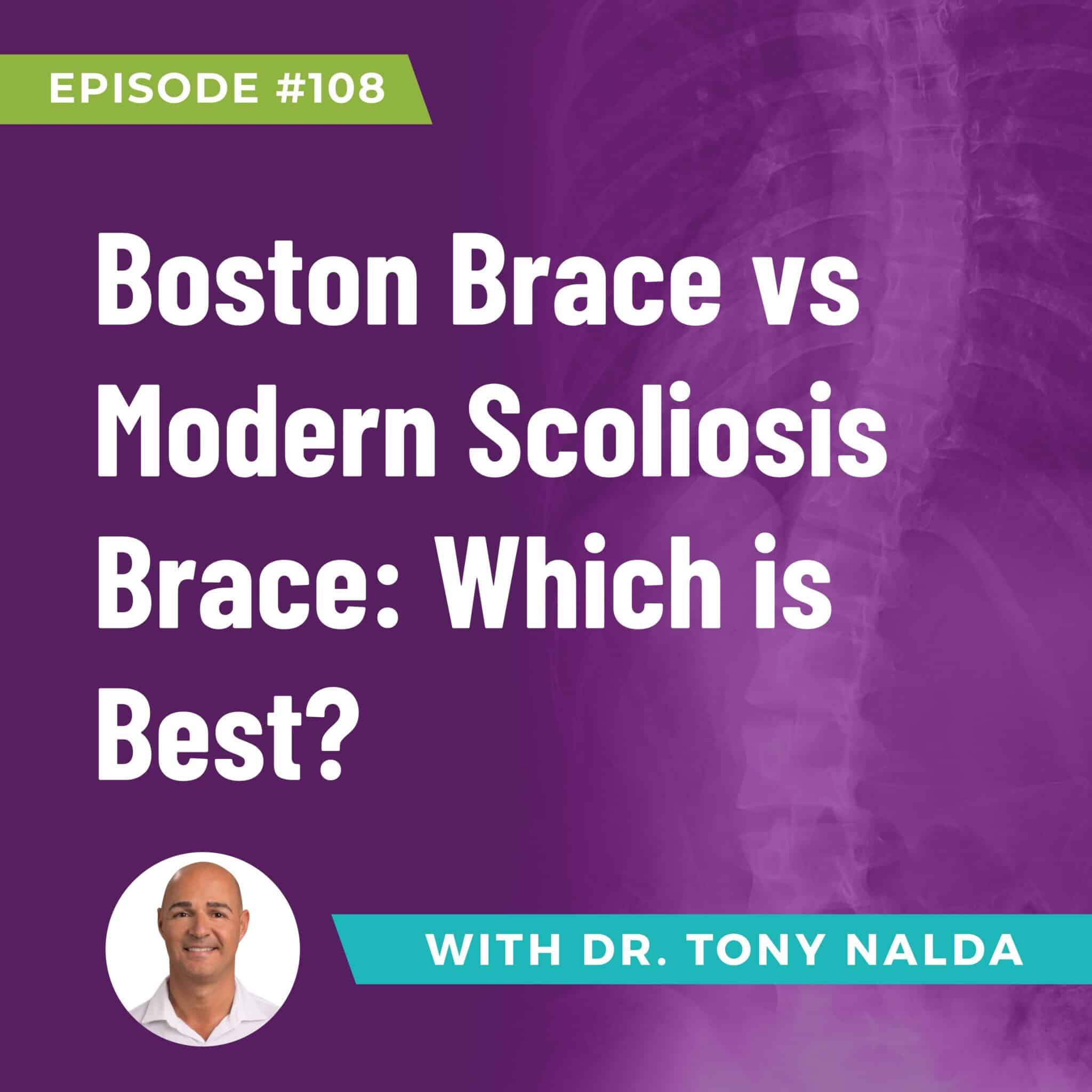Episode 108: Boston Brace vs Modern Scoliosis Brace: Which is Best?
Choosing the right treatment for scoliosis is crucial, especially when it comes to braces. In today’s episode, we delve into the two main types of braces used: the Boston brace and modern scoliosis braces, to help you understand which might be best for you or your loved one.
Understanding Scoliosis
Scoliosis is a condition where the spine curves sideways, often with a twist, measuring at least 10 degrees on a special angle tool called the Cobb angle. While scoliosis isn't curable, it's highly treatable, and proper treatment can alter its natural course.
There are two main approaches to treating scoliosis: traditional and conservative. Traditional treatment often leads to surgery, while conservative treatment aims to avoid surgery and maintain spinal function. Bracing is a common method in both approaches.
Boston Brace
The Boston brace is the most commonly used traditional brace. It's been around for a while and works by squeezing the body to try and slow down the progression of scoliosis. However, it's not designed to reduce the curve or improve posture, and it can lead to muscle weakness and discomfort over time.
Modern Scoliosis Braces
Modern scoliosis braces, like the Scolibrace or corrective brace, take a more dynamic and functional approach. These braces are custom-made for each person, with a focus on pushing the spine into a corrected position rather than just squeezing it. They're designed to reduce the curve, improve posture, and strengthen the spine and surrounding muscles. Plus, they're much more comfortable to wear since they're tailored to fit the individual.
The key difference between the Boston Brace and the Modern scoliosis brace lies in their approach: while the Boston brace aims to slow down progression, modern braces aim to actively correct the curve. And since they're more comfortable and effective, patients are more likely to stick with them, leading to better results in the long run.
The Scoliosis Reduction Center believes in the power of modern scoliosis braces and how these braces can transform lives by reducing curves and improving spinal health. That is why prioritizing a proactive, conservative treatment is a must as it aims for a long-term result without invasive surgery.
If you or someone you know is dealing with scoliosis, it's essential to explore all your options. Tune in to Dr. Nalda's podcast for more insights and expert advice on scoliosis treatment.
Artlist.io 847544
Podcast: Play in new window | Download
Subscribe: RSS
Dr. Tony Nalda
DOCTOR OF CHIROPRACTIC
After receiving an undergraduate degree in psychology and his Doctorate of Chiropractic from Life University, Dr. Nalda settled in Celebration, Florida and proceeded to build one of Central Florida’s most successful chiropractic clinics.
His experience with patients suffering from scoliosis, and the confusion and frustration they faced, led him to seek a specialty in scoliosis care. In 2006 he completed his Intensive Care Certification from CLEAR Institute, a leading scoliosis educational and certification center.
About Dr. Tony Nalda
 Ready to explore scoliosis treatment? Contact Us Now
Ready to explore scoliosis treatment? Contact Us Now








